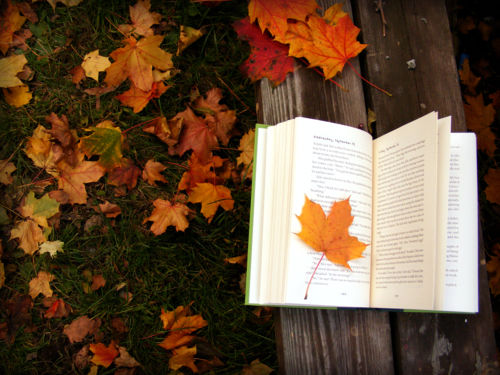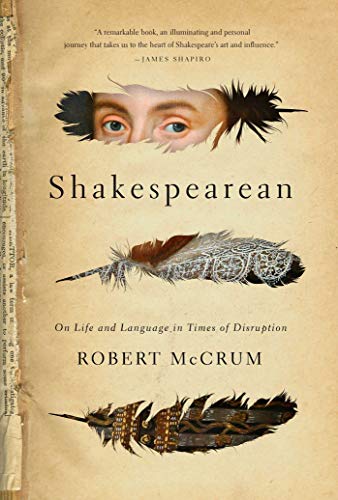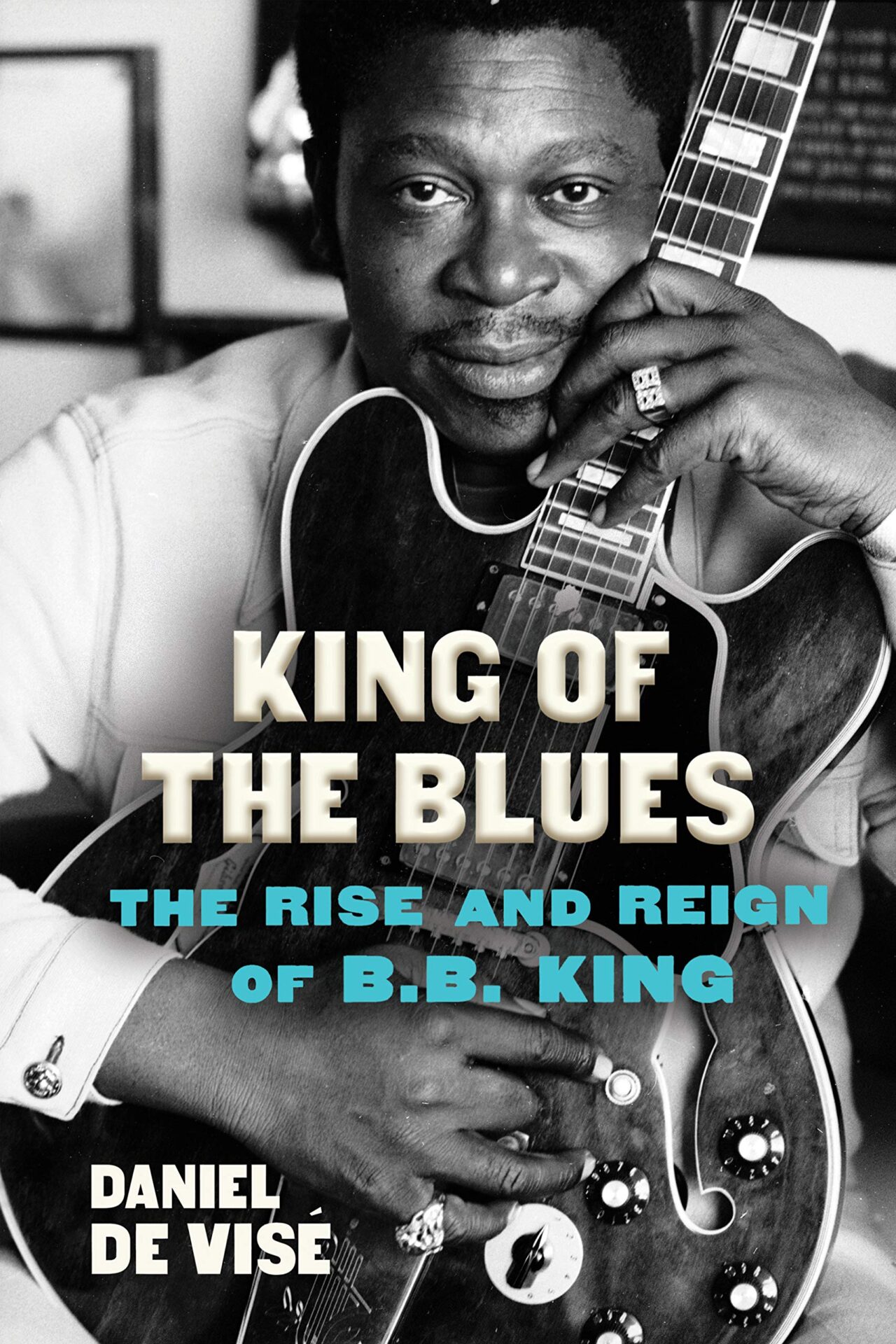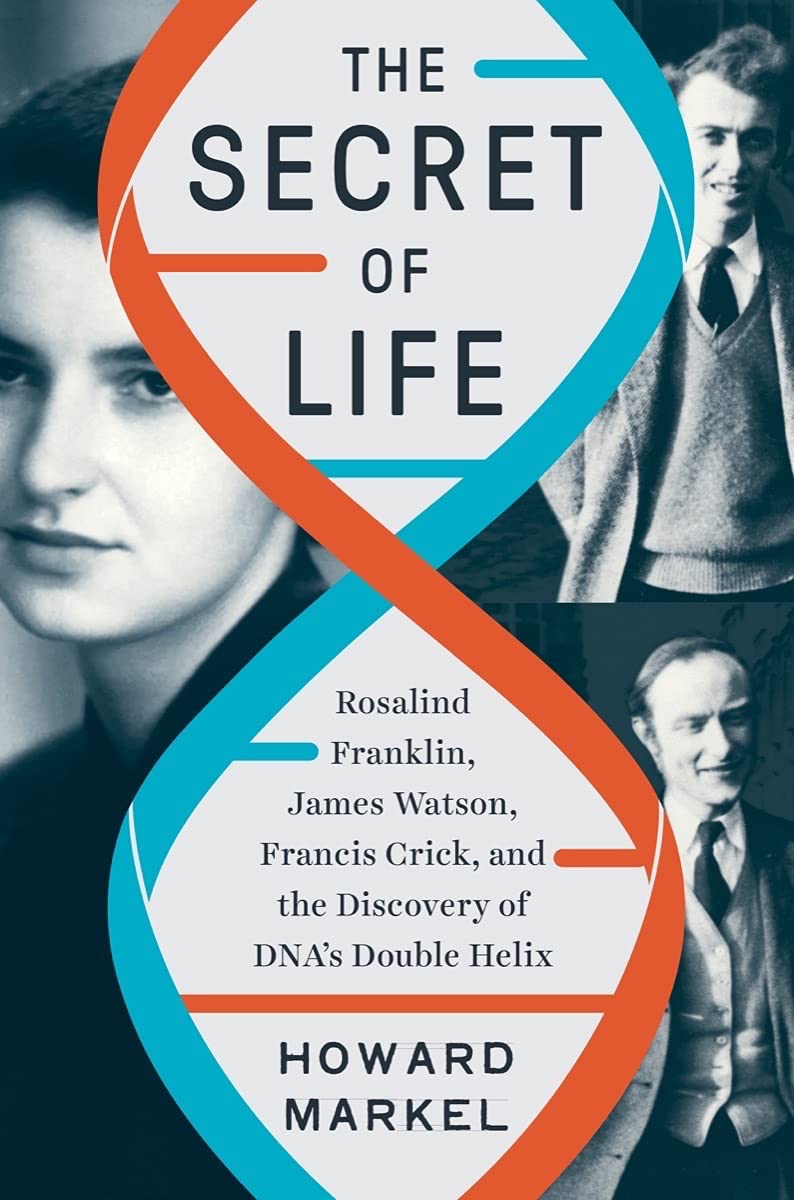
|
September 2021 | Volume 16 | Number 7
|
|
|

FROM THE EDITOR
In the June 2012 issue of The Biographer’s Craft, a new editor introduced himself to BIO members—me. My first letter was admittedly long-winded. I’ll try to keep this last one a little shorter. As we announced in September’s Insider, I’m stepping down as editor after nine-plus years on the job (which grew to include handling a bit of BIO’s social media presence as well). And stepping in is Holly Van Leuven, who already has strong ties to BIO and the biographer’s craft.
Holly was the first winner of the Hazel Rowley Prize, and her winning proposal—for a biography of film star Ray Bolger—became the 2019 book Ray Bolger: More Than a Scarecrow. More recently, Holly has served on BIO’s board and the Plutarch Award Committee. I’m thrilled to pass the reins to her. And, as I did when I took over in 2012, she can rely on the support and insights of TBC’s founder, consulting editor James McGrath Morris.
Being a part of BIO in different capacities has been a never-ending pleasure, especially because of the people I’ve met and worked with over the years. I’ve seen membership grow, our prize offerings expand, and an ever-deepening commitment to help new biographers succeed. BIO is such an incredible resource for its members—from the conferences to the virtual workshops introduced when the pandemic hit. And I’ve always been impressed with how eager members are to help each other. A recent example came on the BIO Facebook page. One member had a query about whether she could access a deceased subject’s tax returns. Within several days, she had many suggestions and examples from other members’ experiences. I’ve seen that kind of support and advice many times over the years. And who knows, going forward, I might turn to members for help on a project.
Yes, there will be projects. I’m certainly not retiring! But I might slow down a bit; I guess the pandemic has had many of us entertaining those kinds of thoughts. One of the biggest disappointments of the COVID era: no in-person BIO conferences. I hope that changes for 2022, so I can once again see so many of the fine biographers I’ve met during my run at TBC.
Thanks to the BIO Board for its unswerving support and to everyone for all of the kind words over the years. Best wishes to Holly—I know she will be great!
One last correction: In the September Insider, I missed that BIO member Lance Richardson also received an NEH grant, to work on a biography of Peter Matthiessen. Congratulations, Lance!
On to this issue of the magazine: We have our semi-annual look at forthcoming biographies that are drawing media attention; a review of a new book of the writings of Hazel Rowley, courtesy of Carl Rollyson; a “Member Interview” featuring Celia Stahr; and our other usual items. We hope you enjoy this issue, and thanks again to everyone who has shared with me their kind words about TBC over the years.
Stay well,
Michael Burgan
|
|
|
|
A NEW SEASON BRINGS MANY NOTEWORTHY BIOGRAPHIES
Traditional cradle-to-grave works, group biographies, and books about “hidden figures” are among the books generating interest among media outlets before their fall and winter publication. We’re highlighting here just some of the books likely to garner critical and popular attention, because of their subject, their author, or both. The titles already getting buzz are drawn from Publishers Weekly, Kirkus Reviews, Booklist, Library Journal, Publishers Marketplace, and Amazon, among other sources. You can see a longer list of the season’s highly anticipated biographies on the BIO website.
Please note: TBC does its best to learn about new books, and The Insider’s monthly “In Stores” feature includes even more spring and summer releases. But, if we’ve missed any members’ forthcoming books, please let us know so we can add them to the list on the website. Also, keep in mind that publishing dates change, especially during the pandemic, so some books may come out earlier or later than the dates indicated.
|
Politics and Military
 Into the Forest earned a starred review from Kirkus.
Into the Forest earned a starred review from Kirkus.
Subjects from the world of politics and the military often top many lists of books to watch for, and this season is no different. Two notable books in September are Into the Forest: A Holocaust Story of Survival, Triumph, and Love by Rebecca Frankel and In the Shadow of the Empress: The Defiant Lives of Maria Theresa, Mother of Marie Antoinette, and Her Daughters by Nancy Goldstone. Another September release is not about a political figure per se, but the rise of a different kind of dynasty. Anderson Cooper and co-writer Katherine Harper trace some of Cooper’s family history in Vanderbilt: The Rise and Fall of an American Dynasty. FULL STORY
Literature and Fine Arts
 Robert McCrum's previous books include a biography of P. G. Wodehouse.
Robert McCrum's previous books include a biography of P. G. Wodehouse.
Writers and other artists also prove to be popular subjects every year. In September comes the U.S. release of Shakespearean: On Life and Language in Times of Disruption by Robert McCrum and Bright Star, Green Light: The Beautiful Works and Damned Lives of John Keats and F. Scott Fitzgerald by Jonathan Bate. FULL STORY
Popular Culture and Sports
 King of the Blues received several starred reviews.
King of the Blues received several starred reviews.
Turning to the world of popular culture and sports, a blues legend is the subject of an October book: King of the Blues: The Rise and Reign of B. B. King by Daniel de Visé. The next month, a book looks at food as part of popular culture, in Mayukh Sen’s Taste Makers: Seven Immigrant Women Who Revolutionized Food in America. FULL STORY
Science, Technology, and Philosophy
 The Secret of Life examines what Howard Markel calls “one of the most egregious rip-offs in scientific history.”
The Secret of Life examines what Howard Markel calls “one of the most egregious rip-offs in scientific history.”
This season’s books about scientists and other influential thinkers includes: The Secret of Life: Rosalind Franklin, James Watson, Francis Crick, and the Discovery of DNA’s Double Helix by Howard Markel, out in September; the October release of Scientist: E. O. Wilson, A Life in Nature by Pulitzer Prize-winner Richard Rhodes; and The Transcendentalists and Their World by Robert A. Gross, due out in November. A brilliant mind of another kind is the subject of The Bond King: How One Man Made a Market, Built an Empire, and Lost It All by Mary Childs. Due out in February, the latter looks at Bill Gross, who helped shape the modern bond market.
Books by BIO Members
BIO is well represented in the upcoming season, with members releasing more than a dozen books. Out in September are Walk With Me: A Biography of Fannie Lou Hamer by Kate Clifford Larson; To Break Russia’s Chains: Boris Savinkov and His Wars Against the Tsar and the Bolsheviks by Vladimir Alexandrov; Rogues’ Gallery: The Birth of Modern Policing and Organized Crime in Gilded Age New York by John Oller; Warrior: Audrey Hepburn by Robert Matzen; and All In: The Winningest Field Hockey Coach in America Sue Butz-Stavin by Heidi Bright Butler. FULL STORY
|
|
|
|
BOOK REVIEW
Life as Art: The Biographical Writing of Hazel Rowley
Edited by Della Rowley and Lynn Buchanan
256 pp. Melbourne University Publishing $34.99
By Carl Rollyson
The range of Hazel Rowley’s biographical subjects—Christina Stead, Jean Paul Sartre and Simone de Beauvoir, Richard Wright, and Franklin and Eleanor Roosevelt—may seem eclectic, but her books share a common purpose, which is often the mission of biography: to rehabilitate and reclaim, as she passionately reveals in the essays collected in this volume. FULL STORY
|
|
|
|
MEMBER INTERVIEW
Seven Questions with Celia Stahr

What is your current project and at what stage is it?
I’m at the beginning stages of working on Lucienne Bloch, a Swiss-born, Jewish artist who came to the United States with her family during World War I. By 1931, when she was in her early 20s, she met the Mexican artists Frida Kahlo and Diego Rivera in New York, ultimately becoming good friends with them and getting her start in mural painting. Lucienne kept a journal in those days and it was instrumental in helping me to understand the time she spent with Frida for my book Frida in America, a biography that delves into the formative years of Kahlo while living in the United States. I felt privileged to have the opportunity to read Bloch’s unpublished journal, which gave me access to her private thoughts and emotional struggles. I was drawn to her intellect, insecurities, independent spirit, and her passion for art and social justice. I was thrilled when an art curator contacted me to see if I’d be interested in writing about Lucienne in conjunction with an upcoming exhibition.
What person would you most like to write about?
While there are a number of well-known creative people I’d love to write about, I’m also drawn to people who haven’t been given a lot of attention. One example is the Kenyan-American artist Wangechi Mutu. She’s well known within the art world, but she’s not a household name. I’m fascinated by questions such as: Who gets to speak? Who is heard? Whose histories get written and promoted at the highest levels? Mutu addresses these types of questions in her sculptures, collages, and videos, which often foreground the Black female body. As Mutu has observed, “Females carry the marks, language, and nuances of their culture more than the male. Anything that is desired or despised is always placed on the female body.”
Who is your favorite biographer and what is your favorite biography?
It’s challenging for me to pick one favorite, but Mary Gabriel is up at the top. She’s an incredible writer/storyteller who did a masterful job uncovering the extraordinary lives and artistic contributions of five very different female Abstract Expressionists in Ninth Street Women (2018).
I also found Carl Rollyson’s Last Days of Sylvia Plath (2020) an important look at Plath historiography. I like how Rollyson dives into the complex web of Plath’s personal and creative life with a critical eye, questioning assumptions and statements made by Plath’s inner circle.
What have been some of your most satisfying moments as a biographer?
Making connections between disparate pieces of information and being able to fill in gaps to allow for a deeper understanding of a work of art or an event. I also love the excitement that runs through me when I see an original letter written in the hand of the person I’m researching. After living in my head for so many years while researching and writing Frida in America, it was nerve-racking to put my first book out into the world. My hope was that I could achieve something close to what Malcolm Gladwell said about good writing: “It succeeds or fails on the strength of its ability to engage you, to make you think, to give you a glimpse into someone else’s head.” It’s been powerful to hear how my book has engaged readers and why.
What have been some of your most frustrating moments?
It’s deeply disappointing to follow a lead on a piece of information by going down many paths that ultimately lead nowhere. It’s also incredibly frustrating to request from an archive a little known, unpublished interview that turns out to be missing for unknown reasons.
Dream profession if not a biographer?
As an art historian who teaches at the University of San Francisco, an institution dedicated to social justice, I’m in my dream profession as an educator, writer, and biographer. That said, I’d love to have opportunities to work across disciplines and cultures to create exhibitions, installations, or live performances that have a profound impact on visitors. I believe that the arts can bring people together from various backgrounds and countries and allow for a different type of experience than reading about a subject or watching something on the Internet, social media, or TV.
What genre, besides biography, do you read for pleasure and who are some of your favorite writers?
I read fiction, nonfiction, and New Yorker essays. Some of my favorite writers are: Isabel Allende, Barbara Kingsolver, Jiayang Fan, Patti Smith, Gloria Anzaldúa, Malcolm Gladwell, Joan Didion, Oliver Sacks, Carlos Fuentes, Benita Eisler, Hilton Als, Dan Chiasson, Jane Mayer, Zadie Smith. . . .
|
|
|
|
WRITERS AT WORK
Hans Renders
How do biographers do what they do? Or more precisely, how do they organize the space where they conceive of projects, go through notes, write and rewrite their books? With Writers at Work, we offers glimpses into the working spaces of fellow biographers, with the writers describing what works for them and perhaps offering tips on what others should or shouldn’t do.
This month, Hans Renders shows us where he works.
Please share with us pictures of where you work, so we can include them in future issues.
|

This is the room where I wrote the last part of my biography of Theo van Doesburg. It’s in the headquarters of the Biography Institute in Groningen, the Netherlands, and is the breeding ground of about 25 biographies. All the books in the background are biographies. To write a biography you need a lot of documents. Fortunately, I also have an office in Amsterdam, where I have written two other biographies and most of the Doesburg biography. It’s such a mess that I don’t dare show a picture of it. When the Van Doesburg biography is published next spring, I will clean up there.
|
|
|
|
AMANUENSIS
Resisting the Bonhoeffer Brand: A Life Reconsidered
by Charles Marsh
(from The Other Journal)
The biographer feasts upon the singularities of lived experience. If we learn that Albert Camus liked to play Ping-Pong and had a cat named Cigarette, that George Washington had bad teeth and big feet, or that Janis Joplin joined the Future Nurses of America Club in high school, we may not be edified, but we are, as Catherine Drinker Bowen says, “warmed to the presence of a living being; we are less worshipful perhaps and more intrigued.” It’s how you tell a good story.
All evidence of a life is stirred into this rich gumbo of a genre. Tempting as it may be to create scenes and conversations out of pure imagination—Edmund Morris gave us an entirely fictitious character in his Dutch: A Memoir of Ronald Reagan, indeed a doppelganger who penned the memoir—the biographer cleaves to the materials of lives lived. As Leon Edel writes, “Biography is a record, in words, of something that is as mercurial and as flowing, as compact of temperament and emotion, as the human spirit itself.” To which I would add that biography is memory of particular bodies committed to narrative. . . .
Some biographers start with a structure in mind. I was drawn to a slide show of scenes, like reels in the View-Master stereoscope. I was drawn to persistent images and words. I would later understand this to be a common process. You start with a sentence or image, not a concept or thesis, and then trust that over time you’ll see and hear the story. Indeed, the novelist Robert Stone once said that time is the writer’s only commodity, but I think the writer’s commodity is trust. “You write the book that your education, your temperament, your training, your class, your race, your gender, your nationality incline you toward. You can’t write a book as another person,” Lee explained in a Paris Review interview. FULL STORY
Amanuensis: A person whose employment is to write what another dictates, or to copy what another has written. Source: Webster’s Revised Unabridged Dictionary (1913).
|
|
|
|
KEEP YOUR INFO CURRENT
Making a move or just changed your email? We ask BIO members to keep their contact information up to date, so we and other members know where to find you. Update your information in the Member Area of the BIO website.
|
|
|
MEMBERSHIP UP FOR RENEWAL?
Please respond promptly to your membership renewal notice. As a nonprofit organization, BIO depends on members’ dues to fund our annual conference, the publication of this newsletter, and the other work we do to support biographers around the world.
|
|
|
|
|
|
SIGN UP
For The Latest News In Biography Quarterly
Have you signed up to receive The Latest News In Biography quarterly newsletter? Please subscribe here. We hope you will share the newsletter with your colleagues and readers. Do you have biography news you would like to share for future newsletters? Let us know!
|
|
|
|
BIO BOARD OF DIRECTORS
Linda Leavell, President
Sarah S. Kilborne, Vice President
Marc Leepson, Treasurer
Steve Paul, Secretary
Kai Bird
Heather Clark
Natalie Dykstra
Gretchen Holbrook Gerzina
Anne Heller
Carla Kaplan
Kitty Kelley
Anne Boyd Rioux
Holly Van Leuven
Eric K. Washington
Sonja D. Williams
ADVISORY COUNCIL
Debby Applegate, Chair • Taylor Branch • Robert Caro • Ron Chernow • Tim Duggan • John A. Farrell • Irwin Gellman • Michael Holroyd • Peniel Joseph • Hermione Lee • David Levering Lewis • Andrew Lownie • Megan Marshall • John Matteson • Jon Meacham • Marion Meade • Candice Millard • James McGrath Morris • Andrew Morton • Arnold Rampersad • Hans Renders • Stacy Schiff • Martin J. Sherwin • Gayfryd Steinberg • T. J. Stiles • Will Swift • William Taubman • Terry Teachout • Claire Tomalin
|
|
|
|
|
THE BIOGRAPHER'S CRAFT
Editor
Jared Stearns
Associate Editor
Melanie R. Meadors
Consulting Editor
James McGrath Morris
Copy Editor
Margaret Moore Booker
|
|
|
|